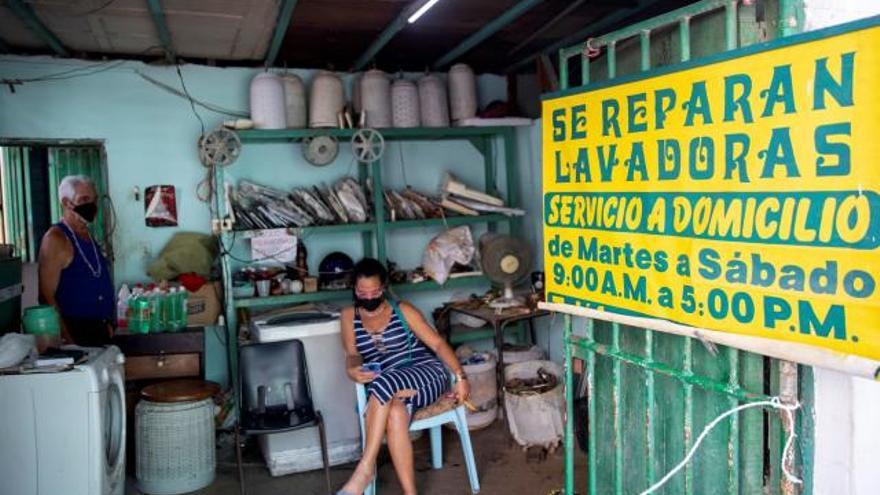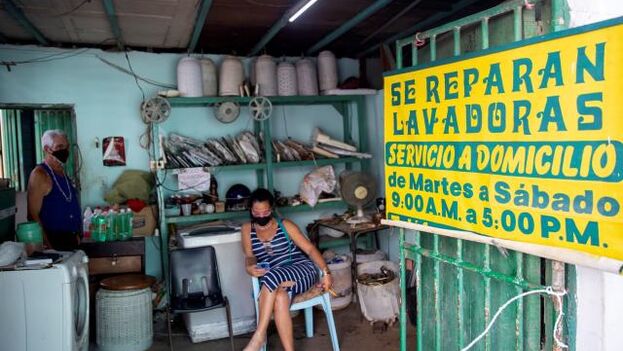
14ymedio, Havana, 6 February 2024 — The regime’s concern about the current crisis has led the official newspaper of the Communist Party of Cuba to once again publish the Economy section, which will appear in Granma on a weekly basis.
Its first article, signed by Joel Ernesto Marill Domenech, author of several texts with proposals to stabilize the economic and financial situation of the country last September, is nothing more than an exhibition of what needs to be improved – everything – without the concrete steps to do it. This contrasted with the brainstorming launched last night by the also Cuban economist Pedro Monreal, focused on taxation and the structure of the private sector.
Marill Domenech opens the new section by describing the well-known panorama that remains at the dismissal of the former Minister of Economy and Planning, Alejandro Gil. In summary: year-on-year inflation that exceeds 30% in the formal market, depreciated wages, exports 30% lower in 2022 than in 2019, imports 25% more expensive, four consecutive years of double-digit fiscal deficits with respect to gross domestic product (GDP) and devastated national production.
The production of the agricultural and livestock sector was, in 2022, 37.2% lower than in 2019, the manufacturing industry 32% lower, and electricity generation 25% lower, according to official data
A few brief brushstrokes are enough: the production of the agricultural and livestock sector was, in 2022, 37.2% lower than in 2019, the manufacturing industry 32% lower, and electricity generation 25% lower, according to official data.
How to solve it? “With internal efficiency,” says Marill Domenech in a simplistic text that contrasts with his previous articles by being more concrete. In this case, the economist speaks of two groups of “distortions” that exist in the Cuban economy and includes high fiscal deficits, dollarization and the lack of exchange rate unity.
In his opinion, that is the first of the areas that must be addressed, since a fiscal deficit of more than 147 billion pesos such as the one planned for 2024 is being solved with monetary issuance – obviously, without support – that increases the money in circulation and, in turn, raises prices in the free market due to the insufficiency of the supply of goods.
That spiral continues because the national currency has lost value in the face of currency competition. The consequence is a tremendous lack of incentives for domestic production in the face of the attractiveness of export. From there we reach the situation of the informal foreign exchange market – triggered today, when the euro reached 300 pesos – that “conditions unequal access to the currencies that enter the country via remittances and tourism, privileging non-state economic actors many times with low added value, while excluding access to state companies and all their installed productive potential,” the expert summarizes.


